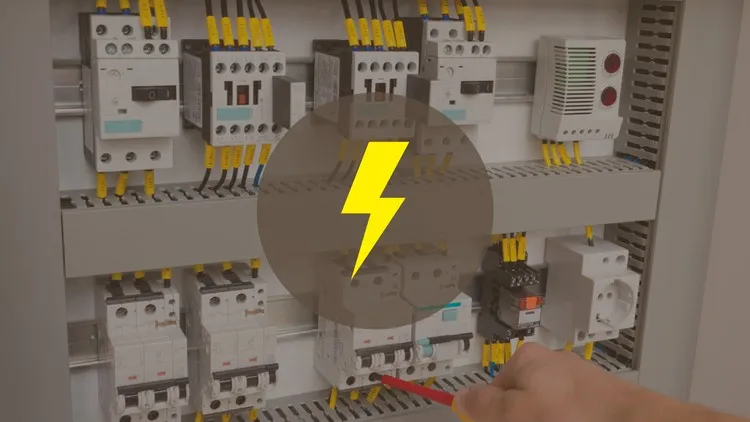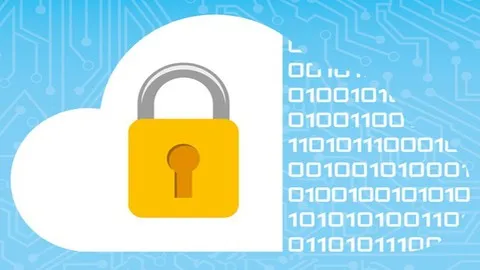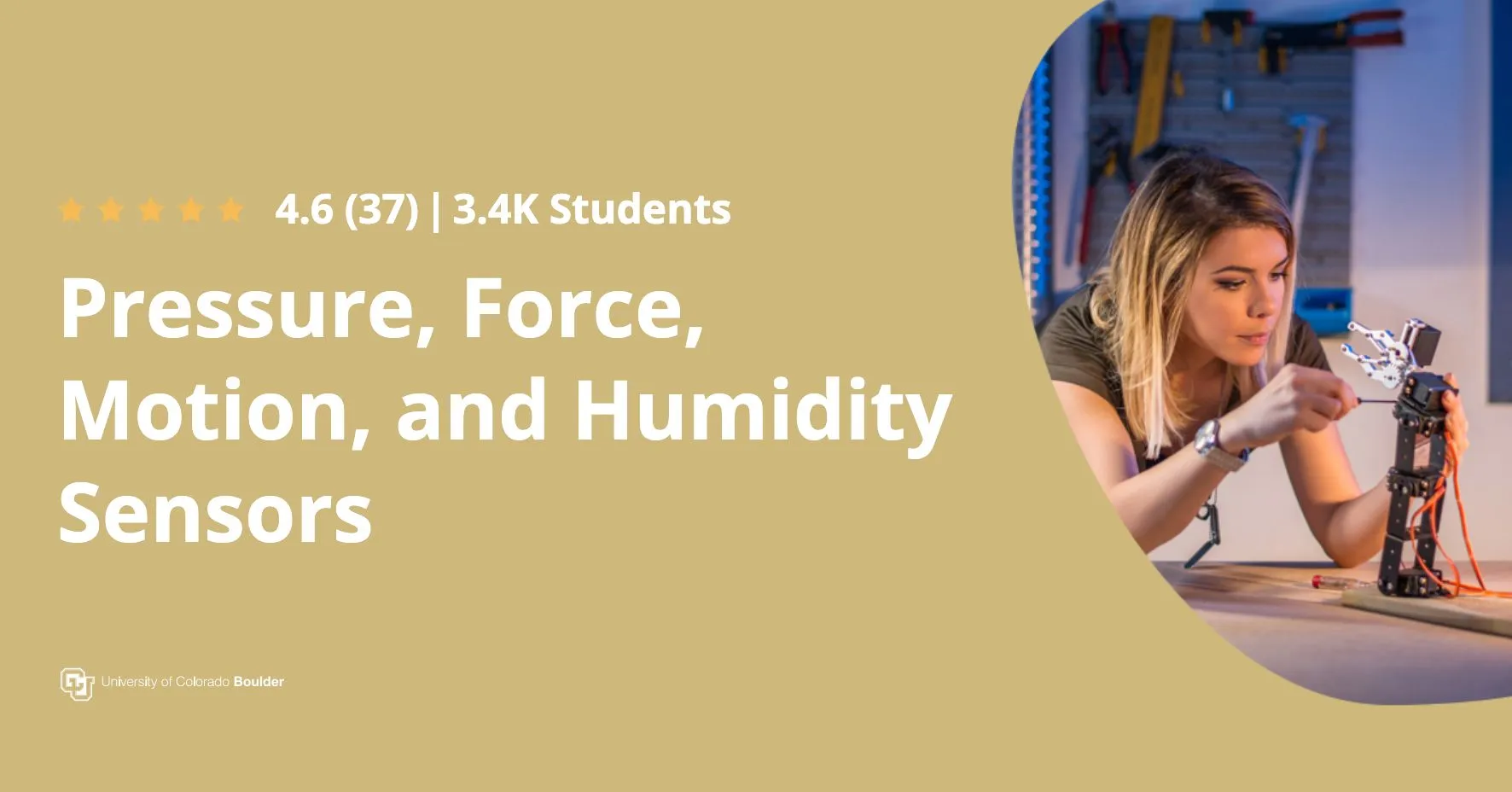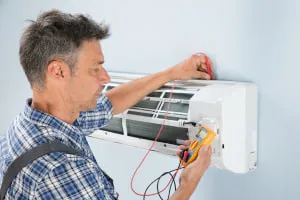
Design Over & Under Voltage Protection Circuit 
This tutorial provides an overview of electric stabilizers and how to design an over and under voltage protection circuit. Gain the knowledge to create your own circuit and protect your electrical devices. ▼
ADVERTISEMENT
Course Feature
![]() Cost:
Cost:
Free
![]() Provider:
Provider:
Udemy
![]() Certificate:
Certificate:
No Information
![]() Language:
Language:
English
![]() Start Date:
Start Date:
Self Paced
Course Overview
❗The content presented here is sourced directly from Udemy platform. For comprehensive course details, including enrollment information, simply click on the 'Go to class' link on our website.
Updated in [March 06th, 2023]
This course provides an introduction to the design of over and under voltage protection circuits. Students will learn how to create a voltage divider, a device used to reduce the voltage of an electrical signal. They will also learn how to construct a relay driving circuit, which is used to control the flow of electricity in a circuit.
The course begins with an overview of the components used in voltage protection circuits, including resistors, capacitors, and transistors. Students will learn how to calculate the resistance and capacitance values needed for a voltage divider. They will also learn how to select the appropriate components for a relay driving circuit.
Next, students will learn how to construct a voltage divider. They will be shown how to connect the components and adjust the resistance and capacitance values to achieve the desired voltage output. They will also learn how to test the circuit to ensure it is working correctly.
Finally, students will learn how to construct a relay driving circuit. They will be shown how to connect the components and adjust the resistance and capacitance values to achieve the desired voltage output. They will also learn how to test the circuit to ensure it is working correctly.
At the end of the course, students will have a complete understanding of how to design and construct over and under voltage protection circuits. They will be able to create a voltage divider and a relay driving circuit from start to finish. They will also be able to test the circuits to ensure they are working correctly.
[Applications]
After this course, students will be able to apply their knowledge of design and construction of over and under voltage protection circuits to a variety of applications. They will be able to use voltage dividers to create a stable voltage output, and construct a relay driving circuit from start to finish. Additionally, they will be able to troubleshoot and debug any issues that may arise in the circuit. Finally, they will be able to use their knowledge to design and build their own custom voltage protection circuits.
[Career Paths]
1. Electrical Engineer: Electrical engineers design, develop, test, and supervise the manufacture of electrical equipment, such as electric motors, navigation systems, and power generation equipment. They are also responsible for the installation, maintenance, and repair of electrical systems. With the increasing demand for renewable energy sources, electrical engineers are in high demand to develop and maintain efficient and reliable electrical systems.
2. Electronics Technician: Electronics technicians are responsible for the installation, maintenance, and repair of electronic equipment. They must be able to read and interpret schematics, diagrams, and technical manuals. With the increasing demand for consumer electronics, such as smartphones and tablets, electronics technicians are in high demand to ensure that these devices are functioning properly.
3. Automation Engineer: Automation engineers are responsible for designing, developing, and implementing automated systems. They must be able to design and program robotic systems, as well as troubleshoot and maintain them. With the increasing demand for automation in manufacturing, automation engineers are in high demand to develop and maintain efficient and reliable automated systems.
4. Electrical Designer: Electrical designers are responsible for designing electrical systems, such as wiring diagrams, circuit boards, and power distribution systems. They must be able to read and interpret schematics, diagrams, and technical manuals. With the increasing demand for renewable energy sources, electrical designers are in high demand to develop and maintain efficient and reliable electrical systems.
[Education Paths]
1. Electrical Engineering Degree: Electrical engineering is a field of engineering that deals with the study and application of electricity, electronics, and electromagnetism. This degree path will provide learners with the knowledge and skills to design and develop electrical systems, such as over and under voltage protection circuits. Developing trends in this field include the use of renewable energy sources, the development of smart grids, and the use of artificial intelligence in electrical engineering.
2. Computer Engineering Degree: Computer engineering is a field of engineering that combines the principles of computer science and electrical engineering. This degree path will provide learners with the knowledge and skills to design and develop computer systems, such as over and under voltage protection circuits. Developing trends in this field include the use of machine learning, the development of autonomous systems, and the use of blockchain technology.
3. Robotics Engineering Degree: Robotics engineering is a field of engineering that deals with the design, construction, operation, and application of robots. This degree path will provide learners with the knowledge and skills to design and develop robotic systems, such as over and under voltage protection circuits. Developing trends in this field include the use of artificial intelligence, the development of autonomous robots, and the use of 3D printing in robotics.
4. Mechatronics Engineering Degree: Mechatronics engineering is a field of engineering that combines the principles of mechanical engineering, electrical engineering, and computer engineering. This degree path will provide learners with the knowledge and skills to design and develop mechatronic systems, such as over and under voltage protection circuits. Developing trends in this field include the use of advanced sensors, the development of autonomous systems, and the use of artificial intelligence in mechatronics.
Pros & Cons

Very good explanation

Good matchup for other branches

Includes real world examples

Instructor knows his stuff

Course on Switch Mode Power supplies and Inverter design available

Last two lectures not in much detail

Audio quality not good

Accent not fluent
Course Provider

Provider Udemy's Stats at AZClass
Discussion and Reviews
0.0 (Based on 0 reviews)
Explore Similar Online Courses

Intro to Data Science & Machine Learning

Learn How to Test Your Website's Security (From Scratch)

Python for Informatics: Exploring Information

Social Network Analysis

Introduction to Systematic Review and Meta-Analysis

The Analytics Edge

DCO042 - Python For Informatics

Causal Diagrams: Draw Your Assumptions Before Your Conclusions

Whole genome sequencing of bacterial genomes - tools and applications

Pressure Force Motion and Humidity Sensors

Appliance Testing Fundamentals

Basic Electrical Engineering
 Related Categories
Related Categories
 Popular Providers
Popular Providers
Quiz
 Submitted Sucessfully
Submitted Sucessfully
1. What is the main purpose of the circuit?
2. What type of circuit will be created?
3. What will be the end result of the circuit?


Start your review of Design Over & Under Voltage Protection Circuit